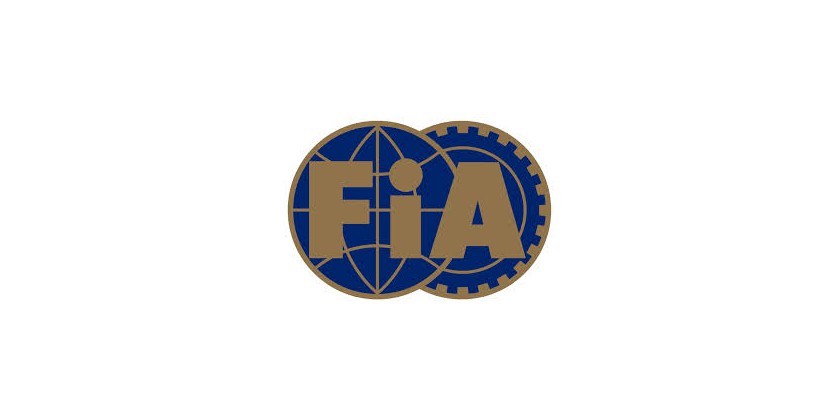Flame-resistant clothing
In circuit competitions, hill-climbs, special stages of rallies and selective sections of cross-country competitions entered on the
International Sporting Calendar, all drivers and co-drivers must wear overalls as well as gloves (optional for co-drivers), long underwear, a balaclava, socks and shoes homologated to the FIA 8856-2000 standard (Technical List N°27).
Users must ensure that garments are not too tight, as this reduces the level of protection.
Embroidery sewn directly onto the overalls shall be stitched onto the outermost layer only, for better heat insulation. Backing material of badges and thread used for affixing them to the overalls must be flameproof. Printing on drivers’ clothing must be carried out only by the manufacturer of the product and must be flameproof and in conformity with the standard ISO 15025. It must not reduce heat transmission performance as defined in Article 8.2 (see Appendix 1 of the FIA 8856-2000 Standard for detailed requirements and instructions for use).
Drivers of single-seater cars in races with standing starts must wear gloves in a high-visibility colour which contrasts with the predominant colour of the car, so that the driver can clearly draw the attention of the race starter in case of difficulties.
Substances which may circulate in any cooling system worn by a driver are restricted to water, or air at atmospheric pressure. Water systems must not require the saturation of a garment in order to function.
For competitions taking place in extreme heat, it is recommended that a cooling system be used (connected, for example, to the underwear designed for that purpose and homologated according to the FIA 8856-2000 standard).
Exceptionally, driver cooling vests which are not FIA-homologated may be worn but shall be in addition to the mandatory homologated underwear. They must include a base garment certified and labelled to ISO 15025; any tubing must be certified and labelled to ISO 17493 and must not be in contact with the driver’s skin, and any connection to an on-board system must
comply with Article 5.8.6 of the FIA 8856-2000 standard.
Flame-resistant clothing
Posted by Noticias 0 Comments

